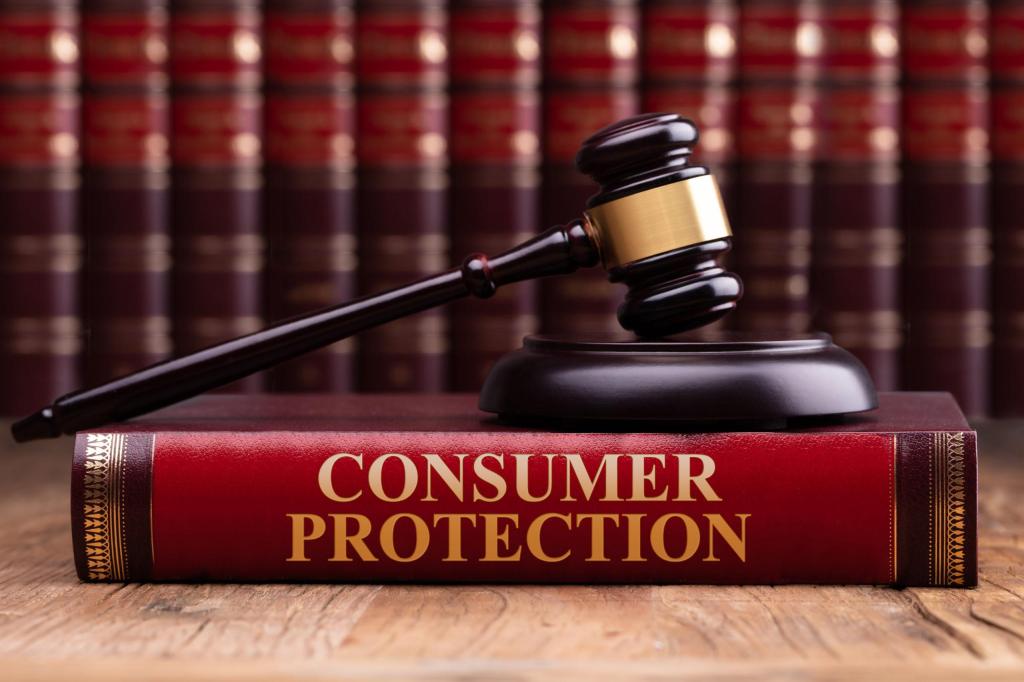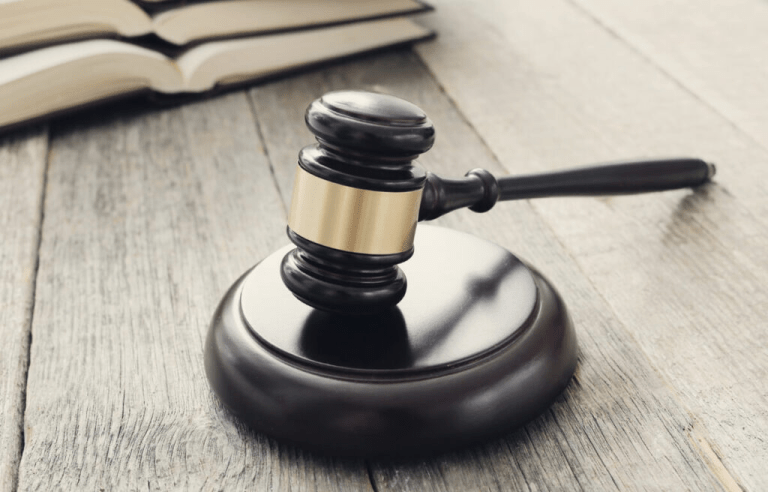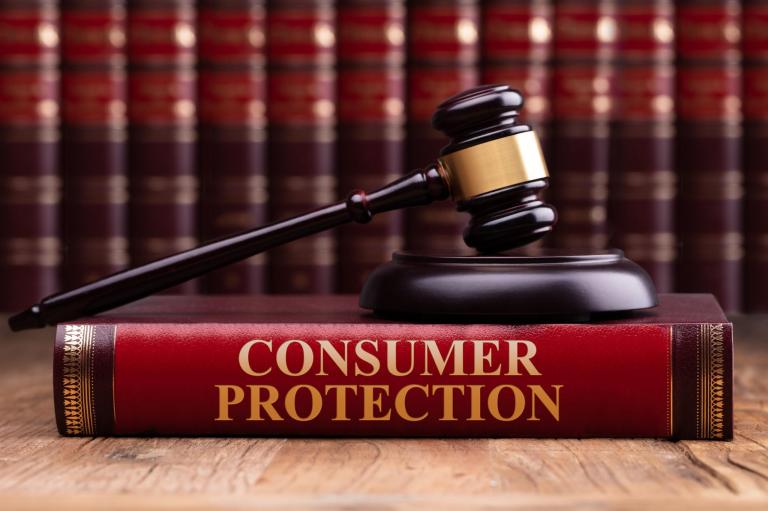
Consumer protection, a pivotal aspect of modern legal systems, establishes the framework for safeguarding consumers from various market vulnerabilities. In a world of intricate transactions and complex markets, these laws serve as a shield, offering consumers a sense of security while engaging in commercial activities. Understanding the flow of consumer protection law is paramount for both individuals and businesses, as it delineates the rights and responsibilities that dictate their interactions.
Introduction to Consumer Protection Law
Consumer protection law embodies regulations and statutes designed to shield consumers from unfair practices, substandard products, and deceptive advertising. It is an embodiment of societies’ recognition that information asymmetry and power imbalances can lead to exploitation. These laws aim to redress the imbalance, ensuring that consumers can make informed decisions and access quality products and services without fear of manipulation or deception.
Consumer Protection Law Information and Education
Before engaging in any commercial transaction, consumers are entitled to access comprehensive and accurate information about the products or services they intend to purchase. This crucial phase involves transparent communication from businesses, disclosing details such as ingredients, potential risks, and warranties. This information equips consumers with the knowledge required to make an informed decision. Regulatory bodies, such as the Federal Trade Commission (FTC) in the United States, play a pivotal role in enforcing the dissemination of accurate information.
Transactional Phase: Fair Practices and Contracts
Once the consumer is armed with relevant information, the transactional phase begins. At this juncture, the emphasis shifts to ensuring fair practices and equitable contracts. Prohibiting unfair contract terms and ensuring transparency in pricing are core components of this phase. Businesses must avoid using complex legalese that could mislead consumers about their rights and obligations. The concept of utmost good faith comes into play, requiring both parties to act honestly and transparently.
Product Liability and Dispute Resolution
Even after a transaction is complete, consumer protection law continues to be pertinent. If a product is found to be defective or does not meet the promised standards, consumers have the right to seek redress through product liability laws. These laws impose a duty on manufacturers and suppliers to ensure their products are safe and reliable. In case of disputes, alternative dispute resolution mechanisms, such as mediation or arbitration, provide a more expeditious and cost-effective means of resolving conflicts compared to traditional litigation.
Ongoing Vigilance: Regulatory Agencies
The efficacy of consumer protection law hinges on the presence of robust regulatory agencies. These agencies, equipped with investigative powers, monitor market trends and consumer complaints. The vigilant oversight of regulatory bodies acts as a deterrent against unethical business practices, as non-compliance can result in hefty fines and damage to a company’s reputation. These agencies also engage in public awareness campaigns, empowering consumers to recognize their rights and exercise them effectively.
Evolving Landscape: Digital Era Challenges
In the contemporary landscape, the advent of the digital era has introduced new challenges to consumer protection law. The online marketplace, characterized by borderless transactions and virtual interactions, necessitates the adaptation of existing regulations. Issues such as online privacy, data security, and cross-border disputes require innovative legal solutions. As technology advances, nimble legal frameworks are needed to address these novel challenges effectively.
Global Harmonization: Consistency and Cooperation
Given the interconnectedness of the global economy, achieving harmonization in consumer protection laws across jurisdictions is an ongoing endeavor. International bodies like the United Nations Conference on Trade and Development (UNCTAD) facilitate discussions to foster convergence in regulatory approaches. Harmonization enhances legal predictability for businesses operating across borders and ensures consistent protection for consumers regardless of their location.
Consumer Protection Law Awareness
In the end, the effectiveness of consumer protection law also relies on the proactive involvement of consumers themselves. Educating individuals about their rights, responsibilities, and the available legal remedies empowers them to make discerning choices. Organizations and governments alike play a role in fostering consumer awareness through workshops, informational campaigns, and accessible legal resources.
Conclusion
Consumer protection law, with its intricate flow from information provision to dispute resolution, sets the stage for a marketplace characterized by fairness and transparency. As markets evolve and technology advances, the adaptability of these laws becomes paramount. In a world where consumer choices shape economies, the flow of consumer protection law ensures that the power dynamic between consumers and businesses remains balanced, fostering sustainable and equitable commerce. In conclusion, the flow of consumer protection law encompasses various stages, each contributing to an environment where consumers can confidently engage in transactions without fear of exploitation. From pre-transactional information to post-transactional redress, regulatory bodies and evolving frameworks shape a landscape that promotes fairness, transparency, and empowerment. As the digital era introduces new challenges, the harmonization of global approaches becomes essential to ensure consistent protection. Ultimately, consumer protection law stands as a sentinel, guarding the gateways of commerce with a commitment to equitable interactions.





